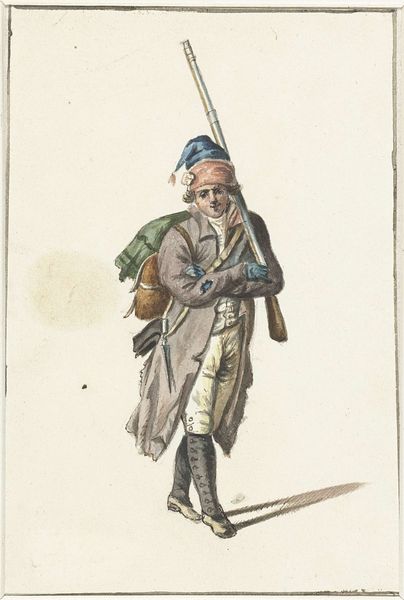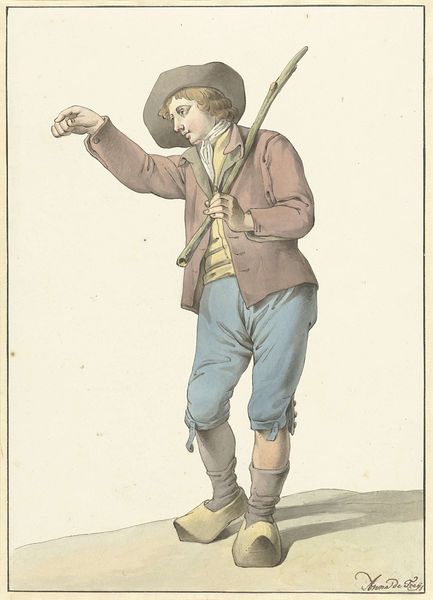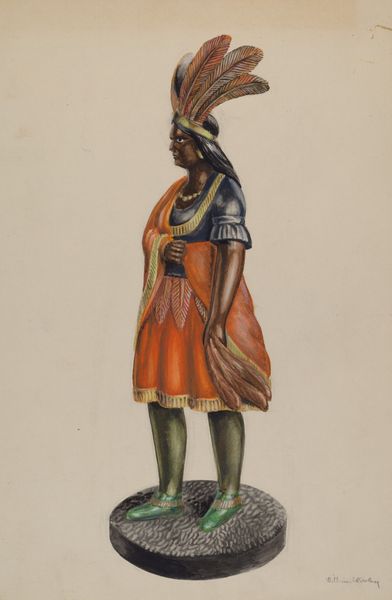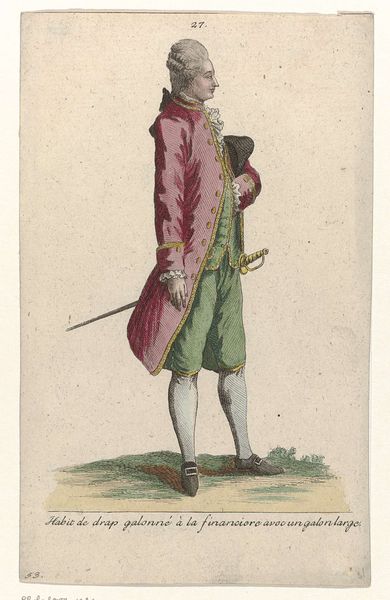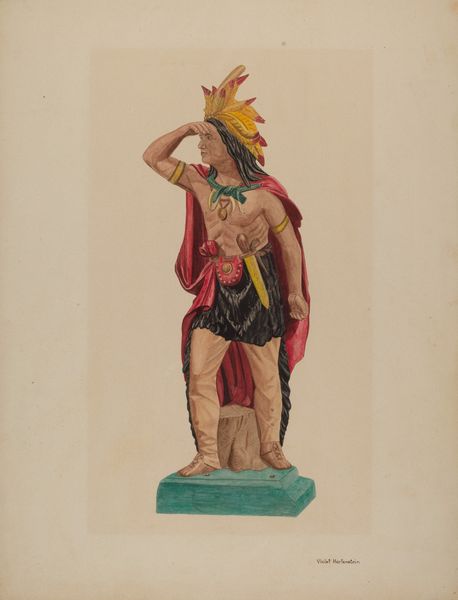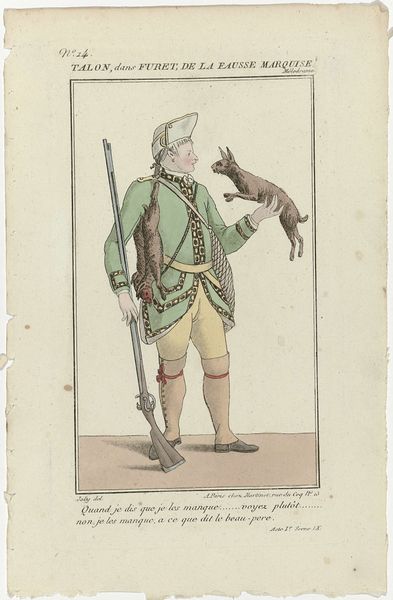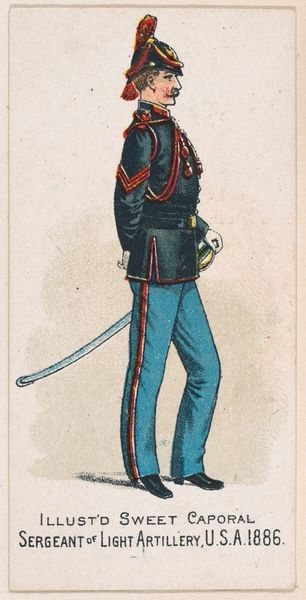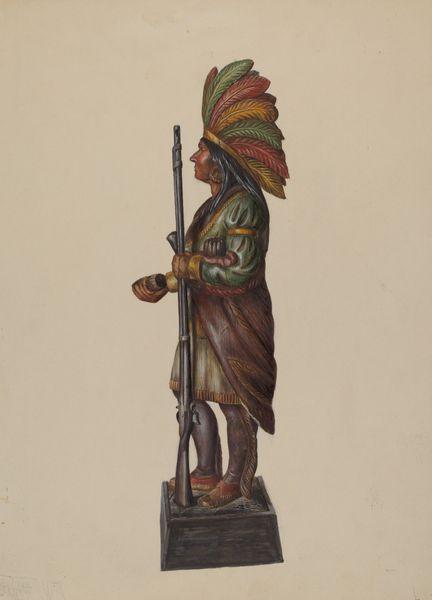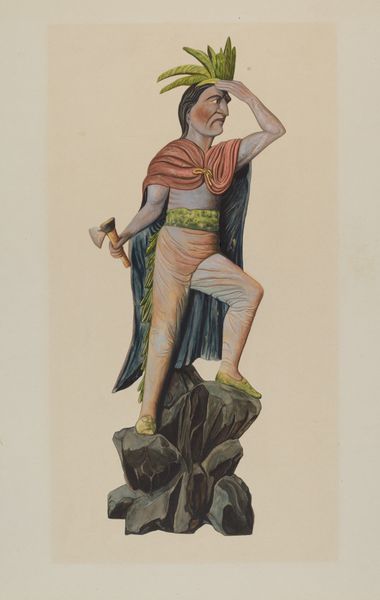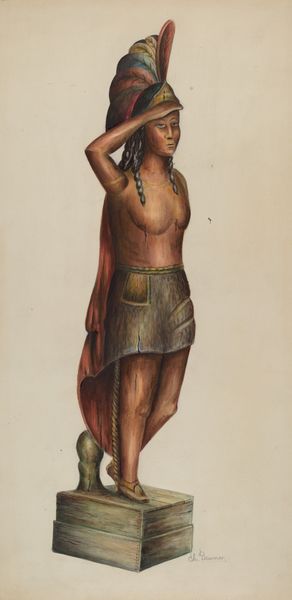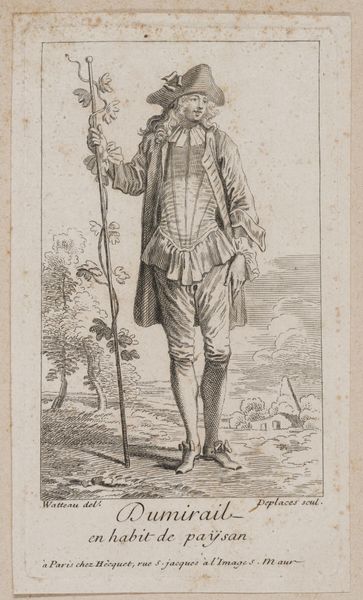
coloured-pencil, print, watercolor
#
portrait
#
coloured-pencil
# print
#
landscape
#
watercolor
#
coloured pencil
#
england
#
15_18th-century
#
surrealism
#
watercolour illustration
#
nature
#
realism
Dimensions: 18 1/2 x 11 1/2 in. (46.99 x 29.21 cm) (plate)
Copyright: Public Domain
This is a hand-colored engraving of "The Swallow-Tailed Indian Roller" made by George Edwards in the mid-18th century. Edwards was a self-taught artist and naturalist, who became librarian to the Royal College of Physicians in London. His detailed prints reflect the growing field of ornithology and the global expansion of British trade and empire. The bird’s exotic origins – “from the Coast of Coromandel, in the East Indies” – would have appealed to wealthy collectors eager to own specimens of natural history. Edwards’s images circulated in books like "Gleanings of Natural History," expanding the audience for scientific illustration. As an art historian, I’m interested in how these detailed engravings reflect the intersection of art, science, and commerce in 18th-century Europe. We can look to the archives of scientific societies and the records of trading companies to understand the full social context of this image. Ultimately, the meaning of Edwards's beautiful bird is contingent on its place within a network of institutions.
Comments
minneapolisinstituteofart about 2 years ago
⋮
A Natural History of Uncommon Birds was an early and important contribution to the burgeoning field of ornithological illustration in England. This depiction of an Indian Roller illustrates the predominant conventions for representing birds at the time, showing it in a static profile view and perched on a stump. The detail may be exacting, but the representation is very different than the approach taken to showing Lady Impey’s birds.
Join the conversation
Join millions of artists and users on Artera today and experience the ultimate creative platform.
